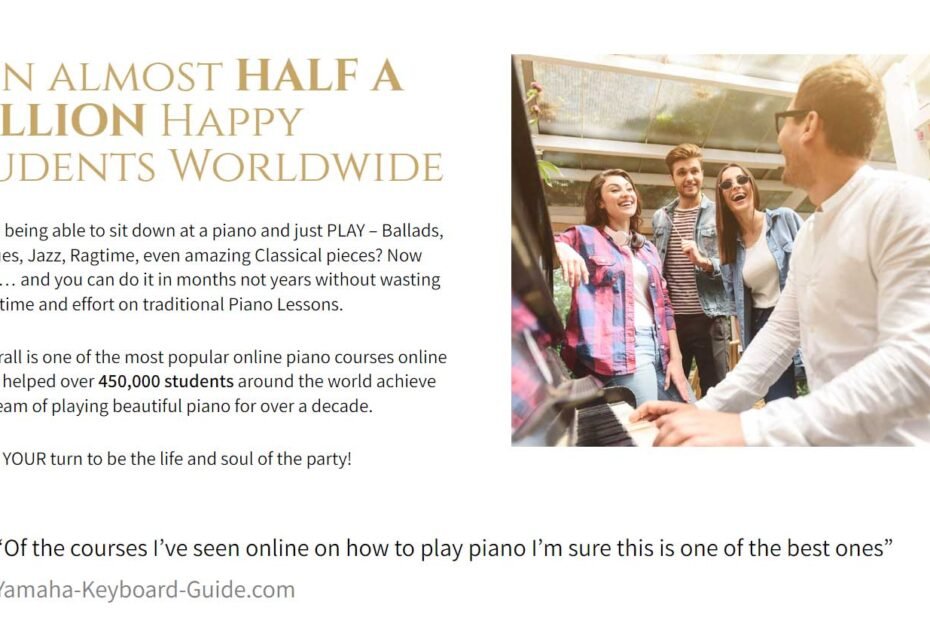Tum Hi Ho Piano Tutorial Slow
Unleashing the Rhythmic Symphony: A Dive into the World of Music and Applause
Imagine a world where every emotion, every twist and turn of life, is encapsulated within the universal language of music. The transcription above may seem like a cryptic sequence of characters to the untrained eye, but to those who perceive the world through the lens of rhythm and melody, it represents a symphony of sounds that can evoke a spectrum of emotions. The repetitive ‘으’ symbol interspersed with ‘음악’ and ‘박수’ takes us on a journey through a musical piece punctuated by applause, a testament to the power of music in bringing people together and evoking collective joy.
The Pulse of Music: Understanding the Transcription
At first glance, the transcription might appear to be a random collection of Korean characters and musical notations. However, upon closer inspection, we can discern a pattern that mirrors the heartbeat of a musical performance. The ‘음악’ character stands for ‘music’ in Korean, setting the stage for an auditory experience that transcends language barriers. The ‘박수’ translates to ‘applause,’ a universal sign of appreciation and enjoyment that follows the crescendos and decrescendos of a musical masterpiece. The repetition and variation in the sequence suggest a dynamic and engaging performance that keeps the audience on the edge of their seats, eagerly anticipating the next wave of sound.
Applause: The Audience’s Ovation
The applause, denoted by ‘박수,’ is not merely a break in the music; it is an integral part of the performance. It represents the moment of connection between the artist and the audience, a shared experience that is both intimate and grandiose. Each clap is a note in the symphony of appreciation, a rhythm that complements the music and energizes the performer. The transcription captures this interplay between sound and silence, between expression and reception, creating a dance of auditory delight that resonates within the soul of each listener.
The Crescendo of Emotion: Music as a Universal Language

Music has the unique ability to cross cultural divides, to speak to the heart without uttering a single word. The ‘음악’ in the transcription is a reminder of this incredible power. As the music builds, so too does the emotional intensity within the listener. The crescendo of ‘으으으으으으으으’ could represent the rising tension, the climactic point where the music reaches its emotional peak before giving way to the thunderous applause of an enraptured audience. It’s a cycle of buildup and release that is as old as time, yet as fresh and thrilling as a live performance.
Conclusion: The Symphony of Life
The transcription we’ve explored is more than just a series of characters; it’s a snapshot of life’s symphony. Music and applause are not just sounds; they are experiences that bind us together, that make us feel alive. They have the power to move us, to inspire us, and to remind us of the beauty that exists in the world. So, the next time you hear the strains of a melody or the clapping of hands, remember the universal symphony that plays on in the background of our lives, a melody that each of us contributes to in our own unique way.
PUBG Theme Song Piano Tutorial | Player’s Unknown Battleground | Piano For All
![]()
